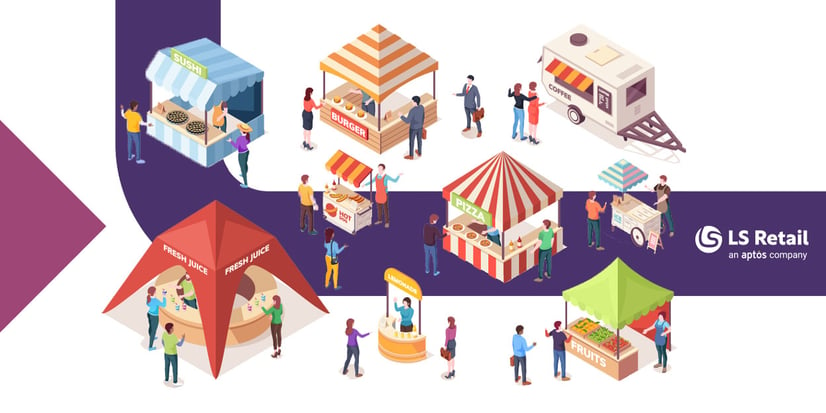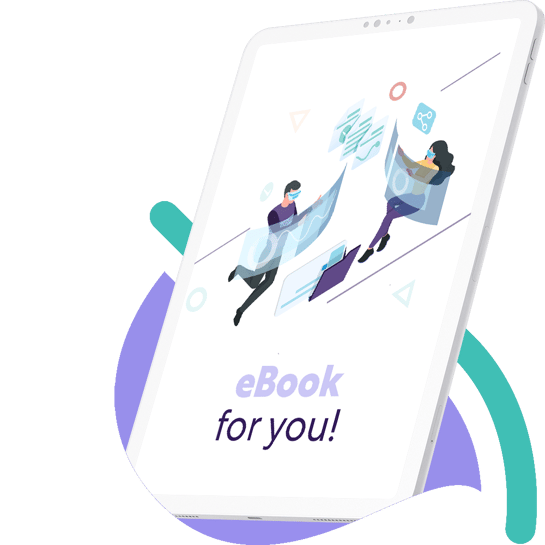
In Los Angeles, people queue around the block to check out French fashion brand Sézane’s pop-up store. Called Residence, the pop-up showcases Sézane’s stylish ready-to-wear and accessories collection alongside other French brands, including Bien Aimé perfumes, Ysé Paris swimsuits and a children’s collection made in collaboration with Bobo Choses . Customers can attend special events such as bag personalization workshops and shirt embroidery. It brings a taste of the Paris retail store experience to the US market; for Sézane it is a great opportunity to gauge interest in its brand before committing to a permanent new store.
Pop-ups have fast become a popular way for retailers to test out new locations, reach more customers and boost appeal. For online retailers without permanent retail stores, they also present a great way of connecting with customers in the physical world and showing off their products in real life. Several brands, including US shapewear and lingerie brand Skims and swimwear brand Frankies Bikinis, have done this with success.
Others use pop-ups to try out new concepts and generate buzz. In the UK, Selfridges’ pop-up retail experiment gives customers a glimpse at what an eco-conscious shop of the future could look like. It features 3D printing robots and real-time tailoring as well as introducing new ownership concepts. Meanwhile Coca Cola’s London pop-up sells limited edition products, included branded clothing, phone cases and glasses. Visitors can also personalize their own cans of Coke.
At a time when consumers value great experiences in store, here are six ideas for making pop-ups work for your retail business:
1. Boost marketing and brand awareness
In a world of unlimited content and social media scrolling, how are you getting your brand out there? Exclusive, limited-time pop-ups can be a great way of generating excitement around a product, building brand awareness and giving your customers something new to experience and talk about. In one survey by Business Insider Intelligence, over half of retailers said that pop-up stores have helped them improve market visibility. 46% saw increased sales. Because a pop-up store is temporary, customers are more likely to go out of their way to visit, and make on-the-spot purchases.
To coincide with the launch of its Home Mini smart speaker, Google opened pop-up donut shops. Lucky customers could get their hands on a box, which contained either a Home Mini... or simply donuts. This experiential marketing concept grabbed consumer interest, created a buzz and launched a new product to market with a bang. After all, who doesn’t love a freebie?
Tip: Consider using pop-up events to surprise customers and create a big impact. Sell (or give away!) unique products that can’t be found anywhere else to grow excitement. Encourage visitors to share their experience on social media to widen your marketing reach.
2. Explore new partnerships
The unlikely partnership between fast food chain Taco Bell a mobile phone network and retailer T-Mobile saw the two create a pop-up experience in three T-Mobile US stores as a means of drawing in more customers. Those who visited the 'T-MoBell experience’ could get their hands on free food and drink as well as limited edition T-Mobile giveaways and goodies.
It’s just one example of how retailers are partnering with companies both inside and outside of the industry to combine their brand power, reach a wider audience and pull off campaigns that may not have been possible on their own.
Tip: Explore partnerships with various types of companies in different industries to launch exciting pop-up concepts and broaden your customer base.
3. Deliver innovative customer experiences
By its very nature, a pop-up store is experimental, and that means you don’t have to stay within the confines of a bricks and mortar store and offer the traditional retail experience.
For example, IKEA tried out augmented reality at its pop-up exhibition Space Unfolded in New York. Guests are encouraged to design their dream spaces on touchscreens, incorporating details such as storage options, lighting and furniture. They can then see their design come to life before their very eyes as it’s projected into the space in front of them.
And then there’s a didas , which went so far as trying out alternative currency. The sports brand launched a one-day-only pop-up shop in New York City to promote sustainable shopping. Instead of taking money as payment for its goods, the sports brand accepted used clothes and shoes (by weight) as currency. Customers could exchange their discarded items for unique, one-of-a-kind, vintage and upcycled pieces.
Tip: Get creative! This is an ideal opportunity to try out new concepts and find out which ideas and innovations really resonate with customers.
4. Test out potential locations and ideas before committing
Pop-ups are ideal for trying out new locations. Brands like Allbirds and Sézane are using pop-up stores, which are more cost-effective than a traditional store, to gauge interest in certain locations before making a big investment. A report by Business Insider found that 44% of respondents that have opened a pop-up spent less than US$5,000 on it.
Brands can also use pop-ups to test consumer reaction to new ideas and concepts they hope to introduce within the business, whether it’s a new product line, business offering, or even new price points. By meeting customers in person, they can also get valuable subjective feedback which can help them understand where they should move their offering.
Tip: Try out multiple pop-up locations and concepts and determine customers’ reactions before committing to something permanent.
5. Gain new customers for your online store
Pop-up stores are a great way for online retailers to gain new customers who like to see, touch and test out products in real life.
Online pet products subscription company Bark & Co launched a pop-up for dogs and their owners in New York. Visiting dogs were fitted with RFID-enabled vests, which tracked the toys they played with most. Owners could then view and purchase their pets’ favorite toys on the retailer’s mobile app.
Tip: Seamlessly link the pop-up store experience back to your online offering. For example, you could offer an in-person customization service and allow customers to make the final purchase online.
Make pop-up stores work for you
If you have plans to open new retail locations and try out pop-up concepts, you need future-proof technology that will support you, enabling you to grow and offer services outside of your core offering. The ideal software will allow you to quickly open temporary stores regardless of location. If you already run a retail chain, whether physical or online or both, the ideal software will also connect all your touchpoints. By giving you a complete overview of your sales, business, customers, and products, a unified solution will also enable you to determine the success of your pop-up initiatives.
Do you need help finding retail technology that supports your retail initiatives, including pop-up stores? Contact our team of experts.
